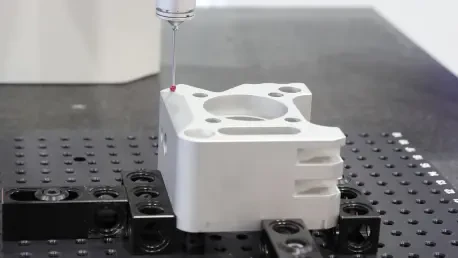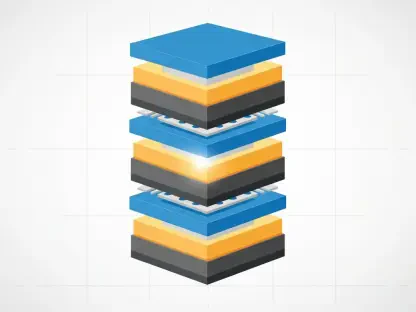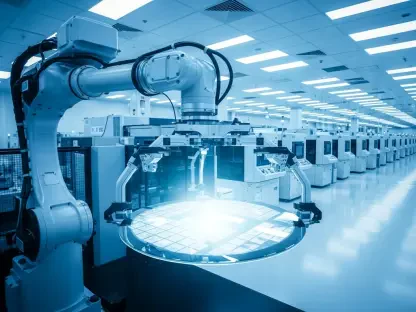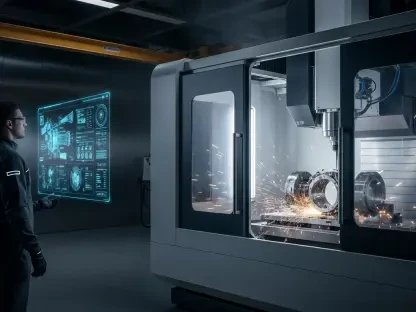In recent years, additive manufacturing (AM), often referred to as 3D printing, has garnered significant attention for its potential to transform industries, and the military domain is no exception. One notable development involves the United States Army’s strategic collaboration with Naval Aviation Advanced Manufacturing training to enhance operational readiness while deployed. This initiative underscores the U.S. Department of Defense’s growing reliance on cutting-edge technology to tackle logistical challenges and improve equipment efficiency when traditional methods fall short. This cross-disciplinary approach aligns military training with innovative solutions, equipping personnel with vital skills in rapidly evolving technological landscapes.
Enhancing Military Adaptability through Technology
Cross-Branch Integration for Greater Efficiency
The training program at the Naval Aviation School for Additive Manufacturing (NASAM) exemplifies the synergy achieved through cross-branch integration of military capabilities. This collaboration allows personnel from different branches to acquire knowledge and skills, subsequently applying them across various military operations. Specialists from the 10th Mountain Division, such as SPC James Martin and SPC Harry Vo, have put their NASAM training to the test, creating pivotal components in the field.
For instance, they crafted a 3D-printed antenna mount for Mine-Resistant Ambush Protected (MRAP) vehicles, a critical upgrade that ensures robust protection and connectivity in hostile environments. This ability to custom-manufacture components on-demand highlights AM’s role as a powerful tool in overcoming traditional supply chain barriers. By adapting quickly to mission requirements, military forces can maintain an operational edge even in unpredictable scenarios where access to essential resources may be compromised.
Practical Applications in Modern Warfare
Additive manufacturing’s influence extends beyond mere component production; it represents a fundamental shift in defense strategies. Initiatives such as NASAM’s training programs position military personnel to tackle a wide array of challenges by introducing foundational AM principles. Beyond crafting immediate solutions, the technology fosters innovation and creativity within military ranks. It empowers individuals to design and produce equipment tailored to specific mission needs, circumventing the constraints of conventional supply lines.
This paradigm shift signifies a crucial evolution in military readiness, as personnel gain the proficiency needed to adapt and thrive in diverse operational environments. By harnessing the potential of AM, the defense sector not only benefits in terms of logistics and efficiency but also cultivates a forward-thinking mindset that is paramount in modern conflict scenarios.
Cultivating Technological Proficiency
Training and Education in Additive Manufacturing
At the heart of this transformative movement is the comprehensive training provided to military personnel who are increasingly expected to possess a broad array of skills. NASAM’s foundational courses in additive manufacturing emphasize hands-on learning, enabling soldiers to effectively use AM technologies. As supply chain challenges persist and evolve, the ability to produce necessary components independently becomes a vital asset.
The emphasis on interdisciplinary applications within AM training allows for a seamless blend of technical and operational knowledge. Military personnel are equipped not only with the practical skills necessary for production but also with the critical thinking and problem-solving capabilities that facilitate innovation. This comprehensive preparation ensures that, regardless of the challenge, personnel are ready to deploy the most appropriate and effective solutions.
Strengthening Operational Readiness and Collaboration
The strategic upskilling of military personnel in AM technologies reflects a broader emphasis on collaboration between different branches of the armed forces. This cooperative approach is essential for maintaining the Department of Defense’s capability to efficiently and effectively respond to various situations. By fostering communication and mutual learning across branches, the military ensures that innovative strategies are disseminated and implemented at all levels.
The sustained focus on AM training highlights a commitment to evolving defense strategies that prioritize adaptability and operational effectiveness. This intentional integration of advanced technologies across military disciplines not only sustains readiness and protection but also exemplifies the forward-thinking mindset essential to the future of military operations.
Future Considerations for Military Technology
In recent years, additive manufacturing, commonly known as 3D printing, has captured significant attention for its potential to revolutionize various industries, including the military. One prominent development in this area is a strategic partnership between the United States Army and Naval Aviation Advanced Manufacturing. This collaboration aims to bolster operational readiness during deployments by addressing logistical challenges with innovative solutions. The U.S. Department of Defense is increasingly turning to advanced technology to enhance the efficiency of military equipment, recognizing that traditional methods can sometimes fall short. This cross-disciplinary initiative is a testament to the growing importance of intertwining military training with cutting-edge technology, ensuring personnel are well-prepared in continuously evolving technological environments. By empowering military personnel with critical skills in additive manufacturing, the partnership not only augments readiness but also fosters an adaptive mindset crucial for navigating today’s complex defense landscape.









